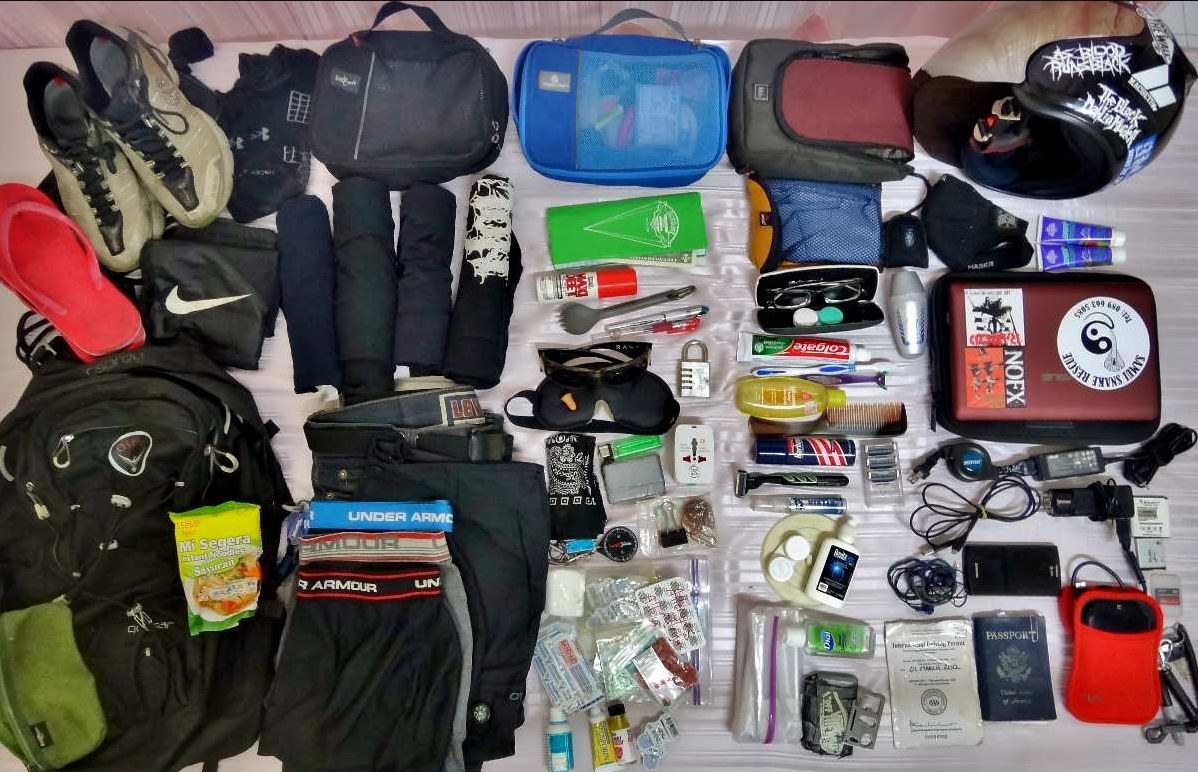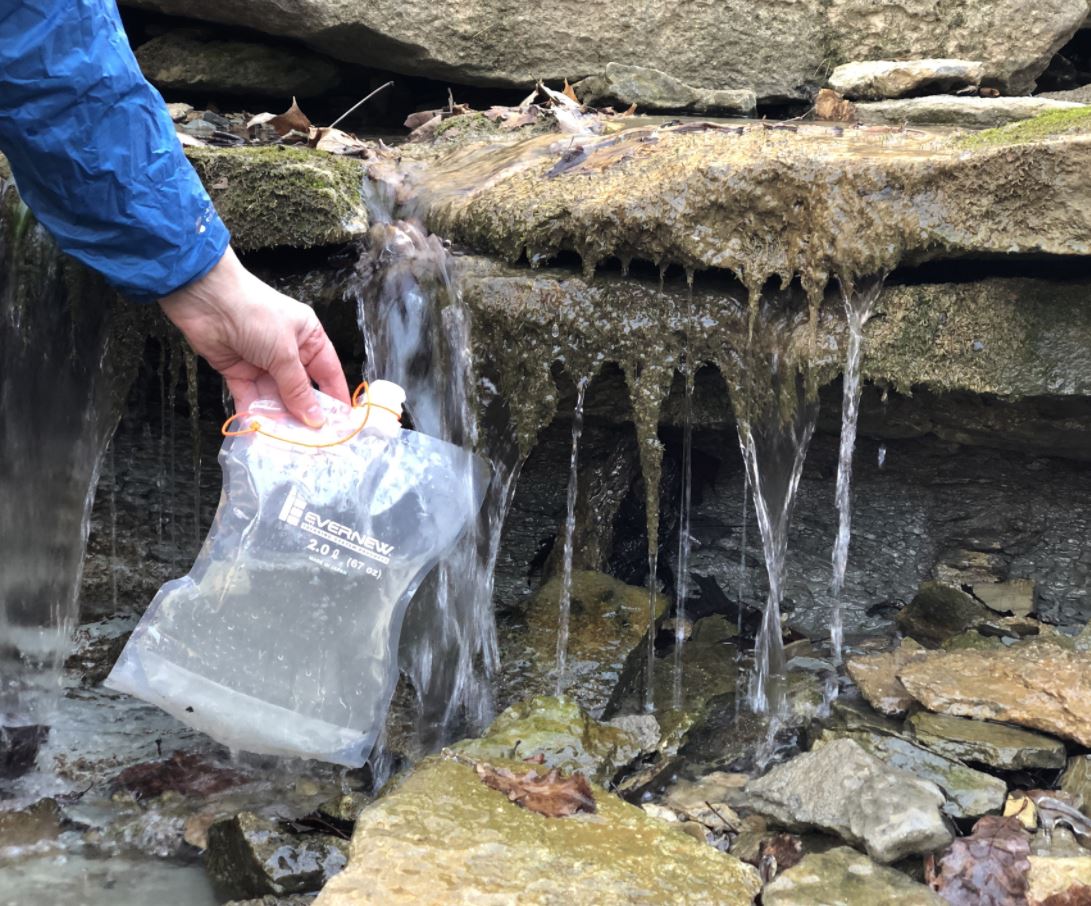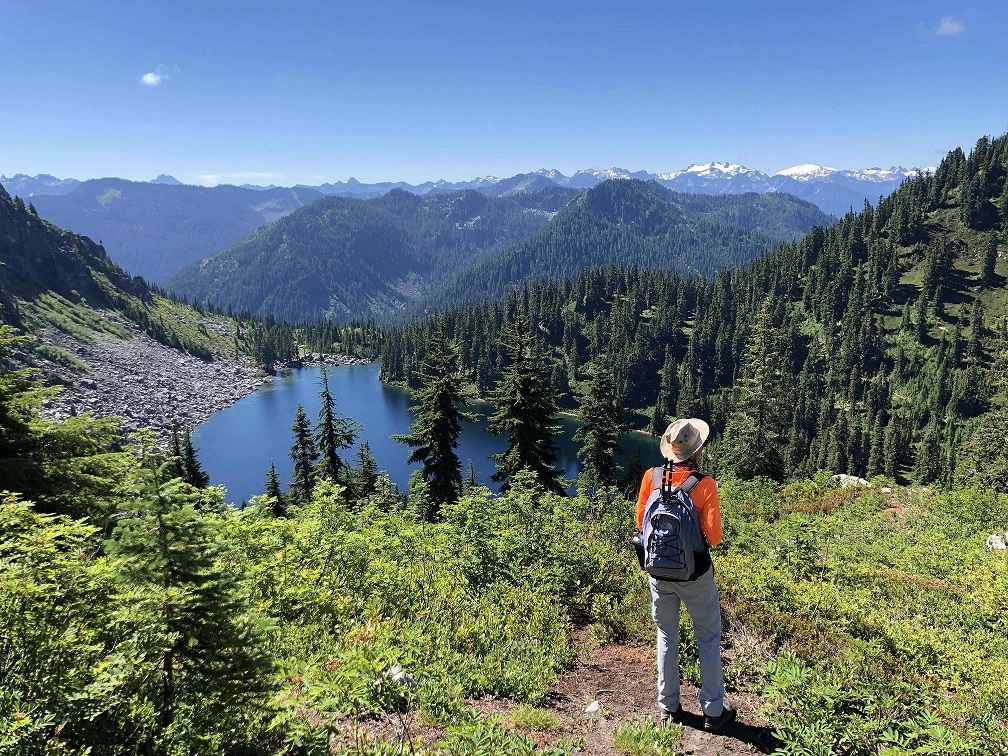Train Before You Go For Actual Trek

The world-famous trail to Kalapathar is a magnificent stroll along the Everest Base Camp Trek. Although there isn't much time spent at altitude on this climb, it is challenging and needs planning. As you travel through this breathtaking mountain region, there are thousands of stairs that go up and down.
You don't need any prior technical climbing knowledge or even altitude experience to finish this journey because it is not a technical one. It will be quite challenging if you haven't prepared your body to tolerate the strain of regular exercise at altitude.
We cannot emphasize how crucial this is to your training enough. You will develop the muscle strength and physical stamina required to walk for extended periods of time continuously for 12-14 days while climbing hills. GET IN TOUCH WITH US, and we'll help you get ready and train for this incredible journey.
Prepare for all weather and trail conditions

You can never predict the weather in the mountain. Forecasting the weather is challenging from year to year and even from day to day. You can choose the mountain range, sub-range, and single peak that controls the weather from the Mountain Forecast. This was the most accurate data you could discover, especially for locations at higher altitudes like Kala Patthar or base camp.
It can be challenging to predict the weather, even with advance planning. For instance, it is recommended to go on a trek in Nepal between the months of October and November and March and April, although even this recommendation differs from year to year.
In any event, you should be ready for any weather conditions on the walk for your personal comfort and security. The following is a list of some of the essential hiking gear you should bring:
- Down jacket for winter
- Thermals for nights and early mornings
- Wool t-shirt when the sun is out
- Rain jacket for rain and snow
- Gaiters to keep snow out of your boots
- Water-proof hiking boots
- Trekking poles
- Rain cover for backpack
Prepare Mentally

You might need to get ready for life in the mountains depending on your level of outdoor comfort. If you are not acclimated to harsh situations, you should get ready for what is to come.
On our Everest Base Camp Trek, we stay in modest, locally run tea houses. If you choose to utilize them, there are possibilities for showers in a few of the trail's rest areas. Situations on the toilet can occasionally be challenging. When you are on the path, you will occasionally need to utilize the great outdoors, so be ready for that.
You do need to get ready for these things since you don't want to climb the peak with larger expectations only to be let down.
Stay Hydrated

Make sure that staying hydrated is one of your top objectives when traveling to altitude. You should consume four to five liters of water every day, on average. Your body will begin to lose water considerably more quickly at greater altitudes than it would at sea level.
Before beginning your hike, you should aim to consume one liter of water. And more than two liters for your morning hike. Finally, you can refill the bladder with an additional two liters during lunch. You can keep yourself hydrated when in the mountains if you can stick to this schedule every day.
Slow and Steady Walk

There is no doubt that the trek to the Everest Base Camp is physically demanding. That does not mean that it is to be viewed as a struggle. While there are fewer risks involved in reaching Everest Base Camp than in reaching the peak's summit.
You must take your time to acclimate to the low oxygen levels in the highlands. According to all available evidence, staying longer at 3,500 meters/11,500 feet is crucial to climbing higher. To succeed in the mountains, you must do this.
Take your time acclimatizing if you want to have a good and safe vacation to an altitude. Trekkers should avoid adopting a marathon mentality and should pay attention to their surroundings. Everest, after all, is not disappearing.
Protect Your Skin From Sun

The sun can be harsh on some days while you're hiking and expose you to solar radiation. The levels of UV protection you receive decrease as you ascend in altitude. Dehydration is another side effect of sunburn.
It's crucial to use factor 50 sunscreen and reapply it throughout the day! The mountains are not the place to top off the tan you hope to bring back from your vacation! A sun hat, long pants, and sleeves will also assist you to shield your skin from the sun.
Dehydration at altitude is one of the main causes of high altitude sickness, as we have already stated. However, you must exercise the utmost caution to reduce such harsh emissions.
Speak with the Experts!
These are our favorite choices for a trek to Everest Base Camp! We sincerely hope that this will help you plan for this once-in-a-lifetime adventure. You will get all the details if you are interested in signing up for our Everest Base Camp Trek. You can reach us at any moment for further details.







